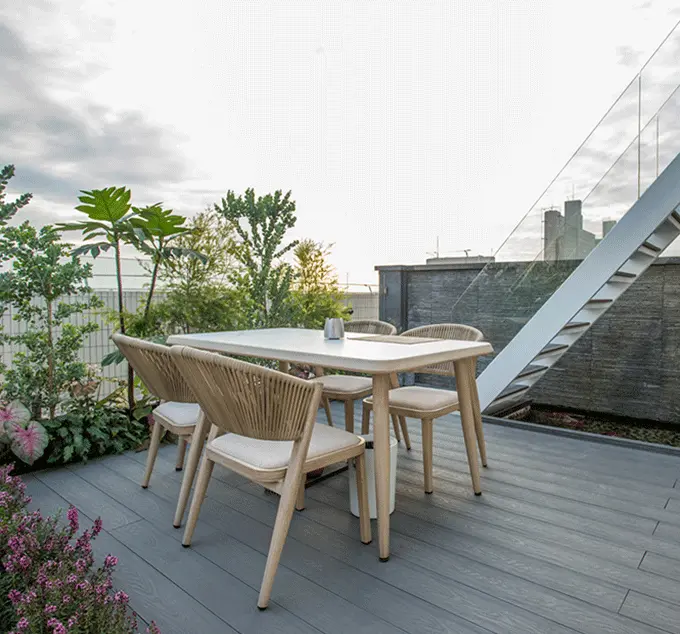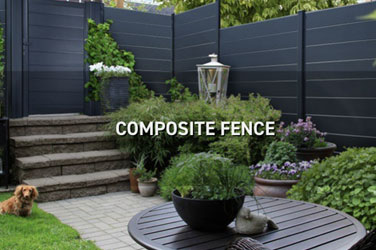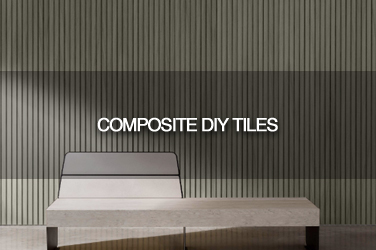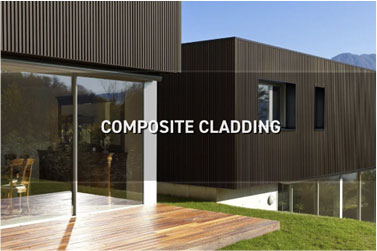With the increasing awareness of environmental protection and the focus on long-term investment returns, WPC compound railings are gradually becoming the ideal choice for many homes and commercial venues. Compared with traditional wood railings, WPC compound railings have many advantages, especially in terms of durability, maintenance costs, and environmental friendliness.
WPC Compound Railing: Initial Cost and Long-Term Return
When choosing railings, price is often a significant factor of concern. The initial investment in WPC compound railings is usually slightly higher than that of traditional wood railings. However, in the long term, the usage cost of WPC compound railing is significantly lower than that of wood railings. WPC compound railings require almost no additional maintenance, reducing the repair costs caused by rot, cracks, or fading. Especially after long-term use, the advantages of WPC compound railings become more apparent, saving a substantial amount of maintenance and replacement expenses.
WPC Compound Railing: Moisture Resistance and Corrosion Resistance
WPC compound railings perform exceptionally well in terms of moisture resistance and corrosion resistance. Wood railings are easily affected by humid environments, leading to rot or warping. WPC compound railings, however, are made from a mixture of recycled plastic and wood fibers, possessing excellent moisture resistance. Even when exposed to wet or harsh weather conditions for a long time, they do not rot, expand, or deform. This makes WPC compound railings an ideal choice for coastal areas, humid regions, and frequently rainy areas.
WPC Compound Railing: Environmental Friendliness
WPC compound railings are made from recycled materials and are considered environmentally friendly building materials. They consist of plastic and wood fibers, which are both reusable, reducing the use of wood and preventing excessive deforestation. Therefore, WPC compound railings not only meet modern environmental requirements but also help reduce the carbon footprint, making them a more sustainable choice.
WPC Compound Railing: Strong Durability
The durability of WPC compound railings is another major advantage. Even in environments with direct sunlight or extreme temperature changes, WPC compound railings maintain their stability. Traditional wood railings often develop cracks, deformation, and other issues due to weather changes, while WPC compound railings are less affected by these factors and can maintain their appearance and performance over the long term. This makes WPC compound railings perform excellently in high-temperature, cold, or moist environments and especially suitable for high-traffic areas such as parks, gardens, and terraces.
WPC Compound Railing: Easy Maintenance
Compared to wood railings, WPC compound railings require almost no regular painting or cleaning. Wood railings often need regular painting to maintain their appearance and prolong their lifespan, whereas WPC compound railings do not have these concerns. Daily cleaning only requires rinsing with water, greatly saving time and maintenance costs, making them an ideal choice for busy households or commercial venues.
With its low maintenance, durability, and environmental friendliness, WPC compound railings have become the first choice for an increasing number of users. Although the initial investment is slightly higher, considering its long-term maintenance advantages and durability, WPC compound railings are undoubtedly more cost-effective. Wallong WPC compound railings will be your ideal choice.







